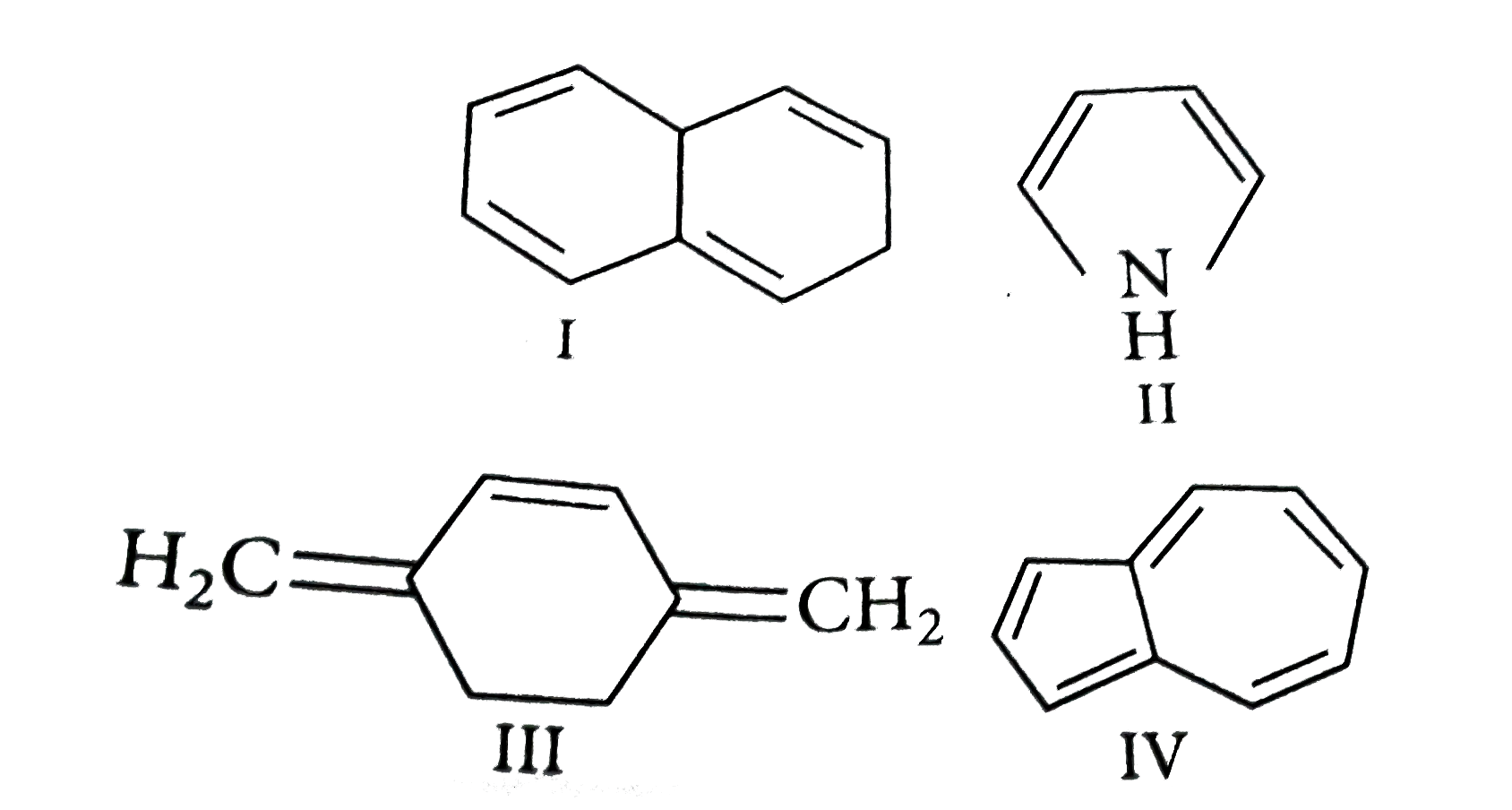Which of the following exhibit mutarotation?
Glucose
Maltose
Frctose
Galactose
The correct Answer is:A, B, C, D
To determine which of the given compounds exhibit mutarotation, we need to understand the concept of mutarotation and the structural characteristics that allow for this phenomenon.
1. Define Mutarotation:
- Mutarotation is the change in the optical rotation of a solution as it equilibrates between different anomeric forms of a sugar. This process occurs when a sugar with a hemiacetal group interconverts between its α and β anomers.
2. Identify Hemiacetal Linkage:
- A compound must have a hemiacetal linkage to exhibit mutarotation. This linkage is typically found in sugars that can form cyclic structures.
3. Check for Six-Membered Rings:
- Mutarotation is commonly observed in sugars that can form six-membered rings (pyranoses).
4. Look for Multiple Hydroxyl Groups:
- The presence of multiple hydroxyl (-OH) groups is also necessary for a compound to exhibit mutarotation.
5. Analyze the Given Compounds:
- Glucose:
- Glucose can exist in a cyclic form (pyranose) and has multiple hydroxyl groups. It exhibits mutarotation.
- Maltose:
- Maltose is a disaccharide composed of two glucose units. It also has a hemiacetal linkage and multiple hydroxyl groups, thus it exhibits mutarotation.
- Fructose:
- Fructose can exist in a five-membered ring (furanose) but also has a pyranose form. It has multiple hydroxyl groups and exhibits mutarotation.
- Galactose:
- Galactose is similar to glucose, can form a six-membered ring, and has multiple hydroxyl groups, thus it exhibits mutarotation.
6. Conclusion:
- Since all four compounds (glucose, maltose, fructose, and galactose) have hemiacetal linkages, can form six-membered rings, and contain multiple hydroxyl groups, they all exhibit mutarotation.
Final Answer:
All of the compounds (1. Glucose, 2. Maltose, 3. Fructose, 4. Galactose) exhibit mutarotation.
---
- Mutarotation is the change in the optical rotation of a solution as it equilibrates between different anomeric forms of a sugar. This process occurs when a sugar with a hemiacetal group interconverts between its α and β anomers.
- A compound must have a hemiacetal linkage to exhibit mutarotation. This linkage is typically found in sugars that can form cyclic structures.
- Mutarotation is commonly observed in sugars that can form six-membered rings (pyranoses).
- The presence of multiple hydroxyl (-OH) groups is also necessary for a compound to exhibit mutarotation.
- Glucose:
- Glucose can exist in a cyclic form (pyranose) and has multiple hydroxyl groups. It exhibits mutarotation.
- Maltose:
- Maltose is a disaccharide composed of two glucose units. It also has a hemiacetal linkage and multiple hydroxyl groups, thus it exhibits mutarotation.
- Fructose:
- Fructose can exist in a five-membered ring (furanose) but also has a pyranose form. It has multiple hydroxyl groups and exhibits mutarotation.
- Galactose:
- Galactose is similar to glucose, can form a six-membered ring, and has multiple hydroxyl groups, thus it exhibits mutarotation.
- Since all four compounds (glucose, maltose, fructose, and galactose) have hemiacetal linkages, can form six-membered rings, and contain multiple hydroxyl groups, they all exhibit mutarotation.
All of the compounds (1. Glucose, 2. Maltose, 3. Fructose, 4. Galactose) exhibit mutarotation.
Topper's Solved these Questions
- BIOMOLECULESBOOK - CENGAGE CHEMISTRY ENGLISHCHAPTER - BIOMOLECULESEXERCISE - Exercises (Single Correcttype)
80 Videos
- BIOMOLECULESBOOK - CENGAGE CHEMISTRY ENGLISHCHAPTER - BIOMOLECULESEXERCISE - Exercises (Assertion-Reasoning)
15 Videos
- BIOMOLECULESBOOK - CENGAGE CHEMISTRY ENGLISHCHAPTER - BIOMOLECULESEXERCISE - Exercises (Linked Comprehension)
36 Videos
- AROMATIC COMPOUNDS AND ALKYL AND ARYL HALIDES BOOK - CENGAGE CHEMISTRY ENGLISHCHAPTER - AROMATIC COMPOUNDS AND ALKYL AND ARYL HALIDES EXERCISE - Archives Subjective Type
4 Videos
- CARBOXYLIC ACIDS AND THEIR DERIVATIVESBOOK - CENGAGE CHEMISTRY ENGLISHCHAPTER - CARBOXYLIC ACIDS AND THEIR DERIVATIVESEXERCISE - Exercises Archives (Analytical And Descriptive)
34 Videos
Similar Questions
Knowledge Check
Which of the following exhibits mutualism ?
AMycorrhizae living on the roots of higher plants.BWasps pollinating fig inflorescence.CSea anemone often found on the shell of hermit crabDAll of theseWhich of the following exhibit electromeric effect ?
AAlkanesBAldehydesCAlkyl halidesDAlkyl amines
Which of the following exhibits tautomerism ?
View SolutionWhich of the following exhibits inert pair effect ?
View SolutionWhich of the following exhibits variable valency?
View SolutionWhich of the following can exhibit tautomerism:
View SolutionWhich of the following do not exhibit resonance.
View SolutionWhich of the following will exhibit geometrical isomerism?
View Solution

